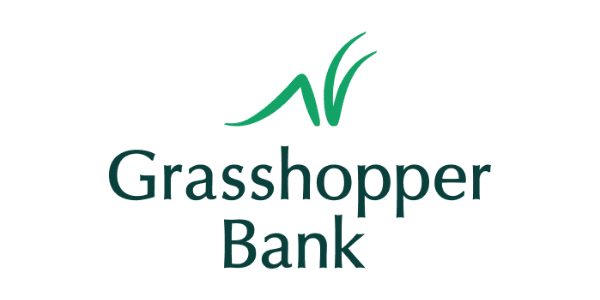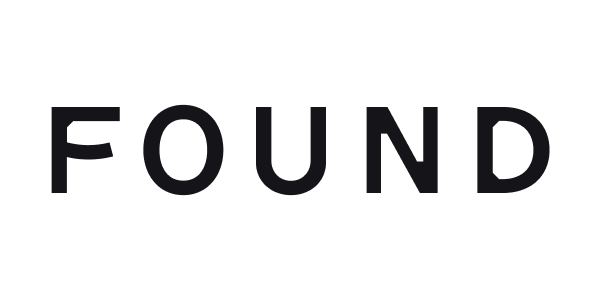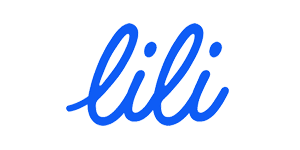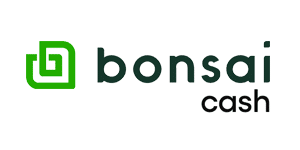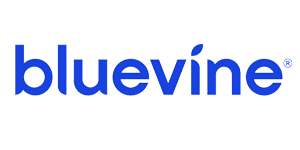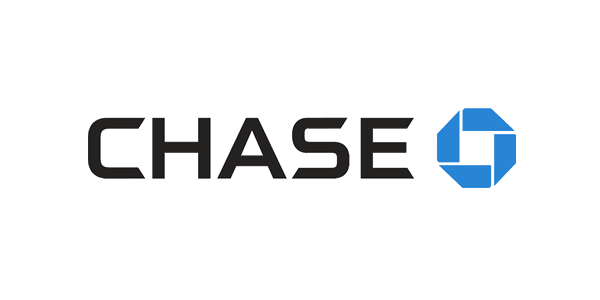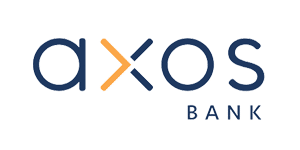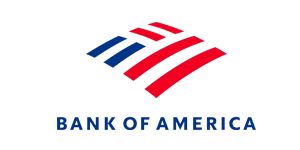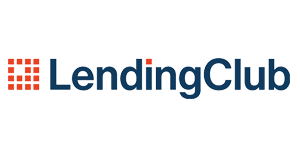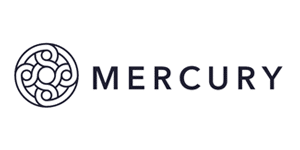Video meetings are the norm in business these days. In fact, they’re an essential tool, especially for those of us who freelance and work from home. Whether I’m pitching a new client, collaborating on a project, or checking on progress, video calls help me stay connected and professional.
But let’s be honest.
Virtual meetings can also be awkward, frustrating, and downright exhausting if you’re unprepared.

Get Weekly Freelance Gigs via Email
Enter your freelancing address and we’ll send you a FREE curated list of freelance jobs in your top category every week.
Over the years, I’ve learned a few game-changing strategies that make my video calls smoother, more efficient, and more engaging. These are my top five video meeting hacks every freelancer should know.
1. Optimize Your Setup for a Professional Look
First impressions set the tone for business meetings, and your video setup speaks volumes in a virtual environment. As an entrepreneur solely responsible for attracting and retaining my clients, I know that everything I do, including my video meetings, must be as close as possible to perfection to achieve this goal.
Prioritize Good Lighting
Good lighting is a must for a professional video call. Natural light is first prize, and if it’s accessible, set yourself up facing a window squarely for even lighting.
However, natural light isn’t always available or reliable, so I use a simple ring light for effective virtual meeting lighting. Ring lights are affordable and create a flat light without any shadows.
A three-point lighting setup, typically used in professional video production, can also improve clarity by eliminating harsh shadows and making facial expressions more visible.
When I just started out, I used clip-on LED lights because they were a very affordable option. They attach easily to a laptop or monitor, providing even lighting without glare.
Clean Up Your Background
A messy background is unprofessional, distracting, and sometimes off-putting enough to deter potential clients from doing business with you. I keep mine minimal and clutter-free or use a virtual background that looks professional (not those cheesy beach scenes).
I find it helpful to use a video platform with a built-in background blur that helps keep the focus on me, not my laundry pile!
Invest in a Good Microphone
I started with my laptop’s built-in mic, but upgrading to a USB microphone made a massive difference. Clients can hear me clearly without echoes or background noise. If a mic isn’t in your budget yet, use headphones with a built-in mic for better sound quality.
Another tip is to use noise-canceling software like Krisp or Zoom’s built-in noise suppression to eliminate background distractions like keyboard typing or outside traffic.
A recent study by EPOS found that our brains undergo strain when we battle to process digital sounds, forcing us to work 35% harder to understand the auditory input. This can cause brain fatigue and cognitive overload. In other words, your audience will struggle to pay attention, productivity could tank, or you may lose clients, depending on the reason for your meeting.
Screen Sharing
As a freelancer, you may not have a boardroom and all the physical presentation tools, but most video platforms have screen-sharing features. This allows us to present critical information professionally. I often put it into full-screen mode so the information is clearer. Just be careful to show the right screens!
2. Always Have a Backup Plan
Technology is great – when it works. I’ve had Wi-Fi drop during a call, my laptop freeze, and software glitches that left me scrambling. Now, I always have a backup plan.
Keep a Mobile Hotspot Handy
When my internet connection fails, I quickly switch to my phone’s hotspot. As freelancers, we can work in all kinds of places, so it’s worthwhile investing in a dedicated portable Wi-Fi hotspot for uninterrupted connectivity.
When I have important video meetings scheduled, I test my internet speed before the call starts to avoid getting a nasty connectivity surprise halfway through the meeting.


Have a Second Device Ready
I keep my phone or tablet nearby with the meeting link open. If my laptop crashes, I can rejoin within seconds.
Another handy trick is using cloud-based note-taking apps like Google Keep or Evernote to store important meeting details so you can easily access them from any device.
3. Use Agendas and Notes to Stay on Track
Freelance meetings can easily drift off-topic, especially if several people are involved. To avoid time-wasting, I always prepare an agenda ahead of the meeting and take notes.
Create a Simple Meeting Agenda
If I’m hosting the video meeting, I brainstorm everything I want to cover during the call. I send a quick agenda to all involved, even if it’s a few bullet points. It keeps everyone focused and ensures we cover all the necessary topics.
When creating an agenda, I consider the following:
- The purpose of the video meeting
- What do we need to achieve?
- Who needs to be present to achieve the desired outcome?
- What do others in the meeting need from me?
- What do I need from the participants?
Once I’ve answered these questions, it’s easy to put together a basic agenda for all participants to follow. A typical agenda might look like this:
Real Estate Rental Blog Project


- Project updates – discuss new topics from the client with additional requirements
- Feedback on recent work – share articles the client found impressive with other writers.
- Next steps and deadlines – current order deadlines extended. Writers to view the new order sheet for upcoming topics.
Take Notes or Use AI Transcription
I used to scribble notes frantically, but there are several AI transcription tools available that can capture key points automatically, so this is no longer a problem. It saves time and helps me stay engaged in the conversation. AI-powered tools can improve meeting efficiency by providing time-stamped records of conversations.
4. Master Your Video Presence
Looking confident and engaged on video calls is a skill that is necessary if you want to create a professional image. Here are some tips I’ve picked up in my years of freelancing:
Make Eye Contact
A recent study on psychophysiological responses to eye contact found that virtual eye contact had the same effect as in-person eye contact. It helps people feel connected and builds trust, something that’s imperative in a virtual business meeting.
That said, it takes some focus to maintain eye contact when you’re in a video meeting. It’s tempting to look at the screen, but it creates an impression of distraction and boredom, so I try to focus on the camera.
A good way to do this is to ensure your camera is at eye level. If your laptop camera is too low, an easy fix is to stack a pile of books underneath it to create a natural face-to-face image. Alternatively, an auto-framing webcam ensures you stay in perfect view for conversations that mimic in-person interactions.
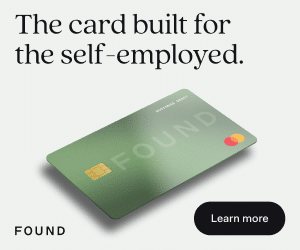

Use Hand Gestures and Positive Body Language
A little movement keeps the conversation lively, and positive body language will keep your audience engaged. I use subtle hand gestures and nod along to show I’m actively listening.
Remember to keep hand gestures within the frame and sit upright with an open posture. Try not to frown; smile and use appropriate facial expressions.
Speak Clearly and Pace Yourself
It’s easy to speak too fast on video calls due to nerves. However, I’ve learned to slow down and enunciate my words properly so my message comes across clearly. A recommended speech rate for virtual communication is around 140 – 160 words per minute to maintain clarity and engagement.
Another trick I’ve discovered is to use pauses strategically to emphasize key points, allowing the listener to absorb what I’m talking about without experiencing information overload.
Look Your Best
Some freelancers embrace the casual lifestyle a little too much. If you want to be taken seriously, style yourself professionally. Don’t host video meetings in a scruffy hoodie with your hair still unbrushed. Dress appropriately and look professional. Some platforms even have beauty filters, like Zoom’s Touch Up My Appearance feature, for those who need a bit of extra help!
5. Record and Repurpose Your Meetings
Recording important meetings has several benefits.
Reduces Miscommunication
If a client requests something specific, I can go back and listen instead of relying on memory. Much of what we hear is forgotten within minutes, so a recorded meeting makes a great reference tool.
Creates Content for Your Business
Some meetings contain valuable insights that I can repurpose by turning them into blog posts, FAQs, or social media posts (with permission, if necessary, of course). A recorded Q&A session with a client can be repurposed into an informative case study or a tutorial video.
Review and Improve
Watching past calls helps me refine my communication skills. I notice things like filler words I overuse or areas where I could be more to the point. Professional speakers and business leaders often review recorded meetings to boost their presentation skills.
Watching recorded calls also helps to identify patterns in client expectations so I can tailor future pitches or proposals more effectively.
Let’s Wrap it Up
Video meetings are here to stay, and as freelancers, we need to hone our hard and soft skills to ensure they work for us, not against us. The primary “hacks” for all freelancer video meetings are preparation and practice. We must make sure our technology is working and that we have a backup plan for when things go wrong – and they will.
Aside from the tech side of virtual meetings, the stars of the show are human beings who need to feel connected and on board with your pitch, project, or agenda. This is where soft skills come in. The ability to communicate well and build trust with clients or an audience directly impacts the outcome of your meeting, so work on your people skills!
Keep the Conversation Going…
Over 10,000 of us are having daily conversations over in our free Facebook group and we’d love to see you there. Join us!
Meta Title: 5 Video Meeting Hacks For Freelancers| Millo
Meta Description: Are you stumbling around in the dark during virtual calls? Discover the top five video meeting hacks every freelancer should know to boost their business.
Keep the conversation going…
Over 10,000 of us are having daily conversations over in our free Facebook group and we’d love to see you there. Join us!













